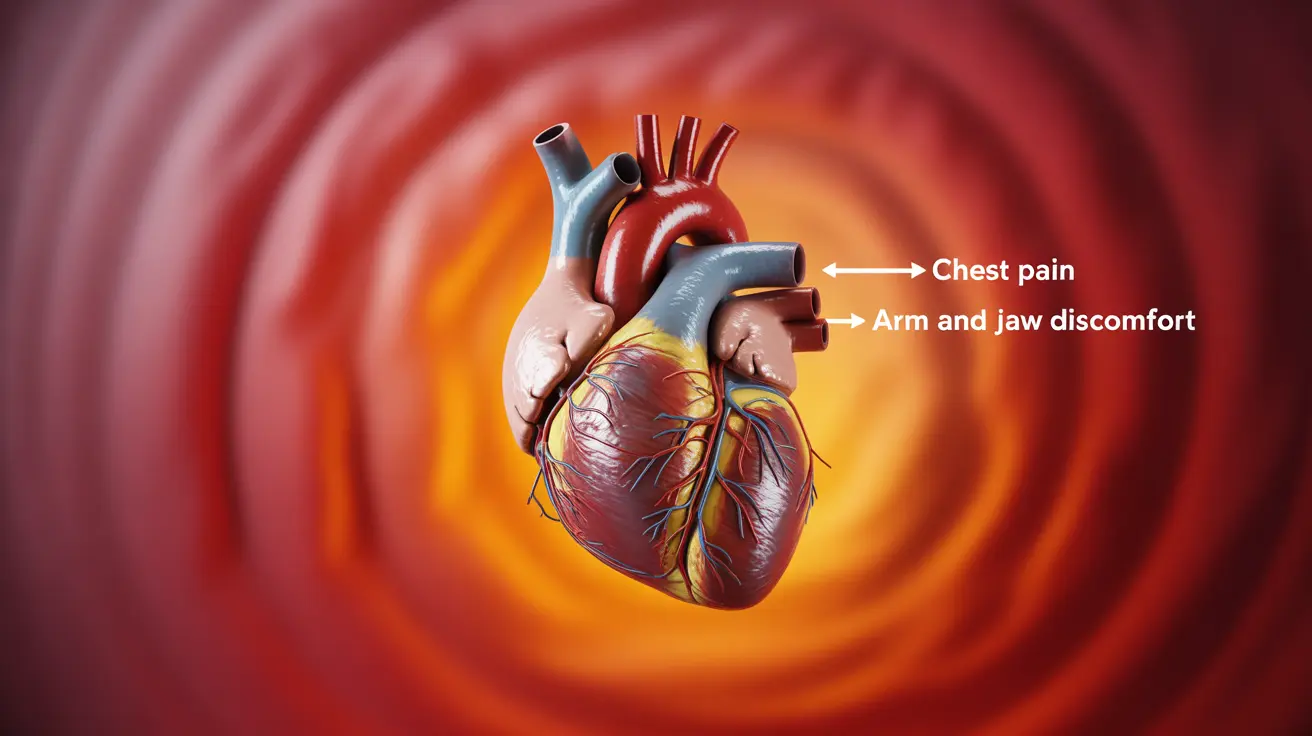Encountering a hobo spider bite can be concerning, and knowing how to identify and treat these bites properly is essential for your safety. While hobo spiders are often mistaken for more dangerous species, understanding their specific bite characteristics and appropriate treatment methods can help you manage the situation effectively.
In this comprehensive guide, we'll explore the key symptoms of hobo spider bites, proper treatment approaches, and important signs that indicate when medical attention is necessary. We'll also help you distinguish hobo spider bites from other potentially dangerous spider bites.
Understanding Hobo Spider Bites
Hobo spiders, scientifically known as Eratigena agrestis, are commonly found in the Pacific Northwest region of the United States. While their bites can be painful, they typically don't cause the severe reactions once attributed to them in earlier research.
These spiders usually bite only when threatened or disturbed, such as when pressed against skin through clothing or encountered in dark, quiet spaces around homes.
Identifying Bite Symptoms
When a hobo spider bites, several characteristic symptoms may develop:
- Immediate sharp pain or stinging sensation
- Redness around the bite area
- Mild to moderate swelling
- Possible mild numbness
- Slow-healing red mark or small wound
Most symptoms appear within the first few hours after the bite occurs and may persist for several days to a week.
Home Treatment Options
If you suspect a hobo spider bite, these immediate treatment steps can help manage symptoms:
- Clean the bite area thoroughly with mild soap and water
- Apply a cold compress to reduce swelling
- Take over-the-counter pain relievers if needed
- Keep the affected area elevated when possible
- Monitor the bite site for signs of infection
When to Seek Medical Care
While most hobo spider bites can be treated at home, certain situations require professional medical attention:
- Severe pain that doesn't improve with over-the-counter medication
- Signs of infection (increasing redness, warmth, or pus)
- Spreading redness or swelling beyond the bite area
- Fever or body aches
- Development of an open wound or ulcer
Distinguishing from Other Spider Bites
Hobo spider bites can be confused with bites from other spiders, particularly the brown recluse. Key differences include:
Hobo Spider Bite Characteristics
- Generally less severe reaction
- Minimal tissue damage
- Slower healing but rarely scarring
Brown Recluse Bite Characteristics
- More severe reaction
- Possible tissue necrosis
- Classic "bull's-eye" pattern
- Higher risk of complications
Prevention Strategies
To reduce your risk of hobo spider bites, consider these preventive measures:
- Seal entry points around your home
- Remove clutter where spiders might hide
- Wear protective clothing when handling stored items
- Use caution when reaching into dark spaces
- Keep beds away from walls and remove bed skirts
Frequently Asked Questions
What are the common symptoms of a hobo spider bite and how quickly do they appear? Symptoms typically include sharp pain, redness, and swelling, appearing within hours of the bite. Most people experience mild to moderate discomfort that gradually subsides over several days.
How should I treat a hobo spider bite at home to reduce pain and prevent infection? Clean the bite area with soap and water, apply cold compresses, take over-the-counter pain relievers if needed, and keep the area clean and elevated. Monitor the bite site for any signs of infection.
When should I seek medical attention after being bitten by a hobo spider? Seek medical care if you experience severe pain, signs of infection, spreading redness or swelling, fever, or if an open wound develops at the bite site.
Can a hobo spider bite cause serious skin damage like necrosis or tissue death? Current research suggests that hobo spider bites rarely cause significant tissue damage or necrosis. Most bites heal without long-term complications when properly treated.
How can I tell the difference between a hobo spider bite and bites from more dangerous spiders like the brown recluse? Hobo spider bites typically cause less severe reactions and rarely lead to tissue death. Brown recluse bites often form a characteristic "bull's-eye" pattern and have a higher risk of tissue necrosis. When in doubt, consult a healthcare provider for proper identification and treatment.




